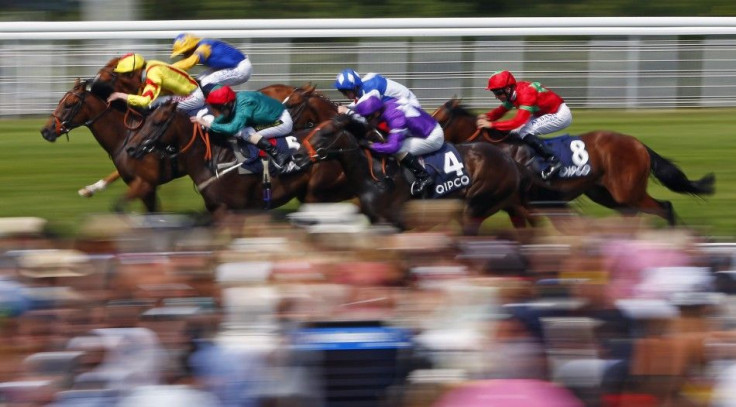Racehorse Skeleton Found At Excavation In Royal Stables Of King Charles II Could Belong To Doctor Syntax

Excavations were carried out in Newmarket, Suffolk, for the new National Heritage Centre for Horseracing and Sporting Art. A skeleton was discovered which archaeologists and historians at the National Horseracing Museum said was the skeleton of Doctor Syntax, a 19th century stallion that won 36 races in a span of 9 years between 1814 and 1823. In 1838, Doctor Syntax was euthanised, but the place of burial was unknown.
According to the Telegraph, the bones that were found in the former royal stables of Palace House, one of the homes of King Charles II. The skeleton measured 15 hands, the same as that of Doctor Syntax, a record seven-time winner of the Preston Gold Cup. It was almost completely intact as well.
Curator Graham Snelling from the National Horseracing Museum said that a member of the public told the museum that he had read the stallion was buried at the stables at the Newmarket Palace House. When the skeleton was discovered, Snelling said, it was a possibility that it was Doctor Syntax, which was born in Yorkshire in 1811, and that it did make sense if that was the case.
Snelling explained that a very careful digger driver had spotted the skeleton. He added that it would be an amazing find if the skeleton was of Doctor Syntax, one of the most consistent racehorses of that time. Snelling described Doctor Syntax as a "good sire as well as a great racehorse."
An archaeologist from Oxford Archaeology, Chris Faine, said that he was not convinced that it belonged to Doctor Syntax because of the age of the teeth of the horse. He estimates that the age of the horse when it died could have been 18 to 20 years old, while that of Doctor Syntax when it died was 28 years.
According to Snelling, the skeleton could also be of a royal horse and that the location of the find did not suggest that it was not. He said that it was exciting and that it makes one think what else could be found.
Since the remains were found underneath the outdoor yard, experts are of the belief that the animal was a favourite of the King. Also, the skeleton had a good amount of wear and tear on its joints which led to the suggestion that the horse appeared to have been ridden.




















